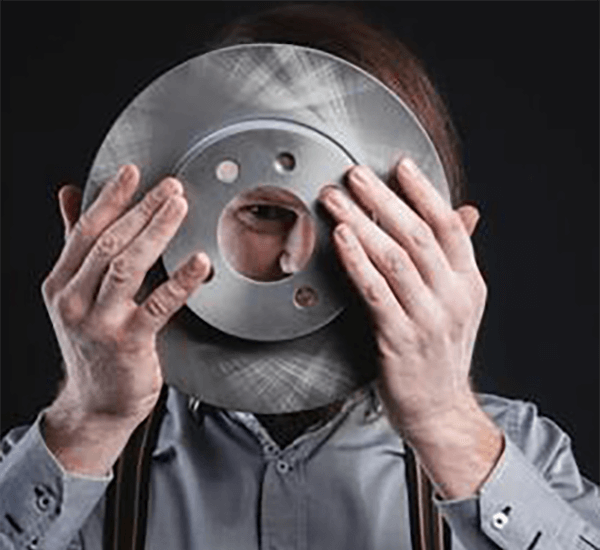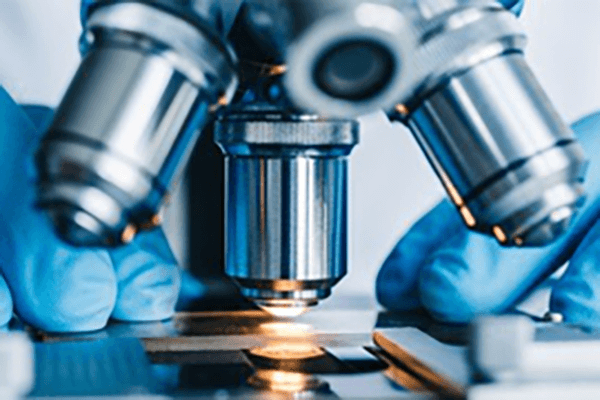
Meeting defined surface quality on a CNC-produced component proves indispensable.
- Specification callouts prescribe the detailed finish for parts
- Engineers often specify Ra (average roughness) to numerically define surface irregularity
- Understanding these callouts is fundamental for ensuring manufactured parts meet performance requirements
- Specified texture can change lubrication regimes, frictional forces, and endurance
- Precise decoding of callouts secures the specified finishing outcome
CNC Machining: A Definition of Precision

Automated machining signifies a significant manufacturing innovation using CNC instructions the equipment fabricates detailed forms with consistency.
- This process enables the creation of high-quality parts from a wide range of materials
- Multifaceted CNC utility supports electronics, automotive, and aerospace production
- Numerical control systems guarantee repeatable accuracy between batches
From prototyping to mass production CNC machining plays a pivotal role in shaping modern manufacturing
Understanding CNC Machine Specifications
Parsing spec sheets may feel challenging at initial inspection
Yet armed with basic knowledge and methodical steps you can manage technical specifications
Initiate by spotting principal specs like spindle speed, feed rate, positional accuracy, travel limits, controller
Each metric impacts the machine’s aggregate capability.
Consider that higher spindle velocity suits pliant materials while elevated feed boosts capacity.
Knowing these correlations permits matching machine capabilities to your specs
Always examine producer technical literature in detail.
Provided manuals commonly contain clarifying information and define jargon
Complete Overview of CNC Equipment
Automated CNC platforms are computer-commanded systems for precision manufacturing of multiple materials They accept digital G-code to steer tools and control machining actions.
- Various CNC platforms encompass milling centers, turning lathes, routers, plasma systems
- Processes are adaptable to metals, polymers, timber, and composite materials
- Additionally CNC gear supports fast prototyping and limited production for entrepreneurs and institutes
Fundamental CNC Machine Concepts
These tools showcase a blend of mechanical exactness and intelligent software command These versatile tools utilize computer programming to automatically manufacture a wide range of parts from simple components to complex assemblies The central concept is rendering digital designs as physical parts.
- Computer Numerical Control machining
- Digital-to-physical process
It uses accurate motion sequences commanded by the controller Manufacturing staff set tooling parameters, oversee machining, and confirm quality outcomes.
Surface Finish Considerations for CNC
Achieving the desired surface finish in CNC machining is crucial It changes how a part performs and how it looks Substrate properties, machining variables, and post-process methods shape surface outcome.
A polished finish improves wear resistance whereas coarse texture can hinder performance Automated machining presents a spectrum of techniques and tools to accomplish desired finishes.
- As an example choosing diverse tool geometries |cermet inserts|feed and speed combinations to realize required texture
- Alternatively post-processing methods like polishing grinding sanding can be employed to improve the surface finish
Comprehending the connections between machining choices and texture secures better results.
CNC Basics — Operation and Uses
Precision production uses machine control software to shape parts from different material classes They interpret digital toolpaths to carve detailed designs reliably Understanding machine control, programming, and tooling choices is crucial for effective machining
Fields benefiting from CNC include aerospace, automotive, industrial manufacturing, and electronics From intricate propeller parts to exacting mold inserts, CNC produces accurate geometries
Surface Finish Standards for CNC Machining
Right specification of finish is necessary for CNC-produced parts It secures that the final item meets both functionality and looks Finish specifications are often expressed via the Ra roughness standard This numerical value expressed in micrometers inches or millimeters indicates the average height of surface irregularities.
Weigh required surface smoothness against intended use when defining callouts

For instance a smooth surface finish might be preferred for parts that require tight tolerances or precise alignment
Rougher textures often suit parts intended for grip or high-friction contact
Apply clear finish annotations in technical drawings to state desired texture Specify the Ra metric and note any secondary treatments or special machining steps.
Bear in mind accurate finish callouts drive better manufacturing results
CNC Machine Types and Their Functions
Numerical control machining comprises numerous machine types engineered for diverse applications They adopt CAD-to-CAM pipelines to steer cutting tools for precise part manufacture.
- Turning centers form shafts rods and cylindrical forms by cutting along axes
- Lathe machines operate on a rotating axis ideal for producing symmetrical parts with smooth surfaces
- Laser systems produce fine kerfs and detailed shapes in thin materials
Select machinery by weighing material, complexity, and tolerance needs Varied CNC functionalities equip manufacturers in industries from automotive to aerospace.
Achieving Optimal Surface Finish with CNC Machining
Obtaining fine surface quality is important and CNC technology delivers consistent control to attain it Through tailored feed rates spindle selection and tool design engineers control surface formation and limit imperfections Also advanced insert materials and suitable coolant practices support improved finishes Through careful selection of cutting strategies and meticulous machine setup CNC machining enables the creation of components with exceptional surface quality for diverse applications.
Achieving Surface Finish in CNC Programming
Managing finish via CNC code is important to secure required surface properties Feed, spindle settings, and cutter design are major drivers of the final surface condition Conscientious parameter tuning with sound coolant strategy produces excellent surface quality.
- In addition periodic tool servicing and checks secure consistent surface quality Moreover scheduled tool maintenance and inspection preserve surface performance Besides that systematic tool upkeep and monitoring ensure sustained surface quality
- For better finishes evaluate substrate, roughness goal, and functional context
- CAM previews let programmers modify strategies to avoid finish defects
- Continuous tool maintenance and oversight preserve high finish consistency
